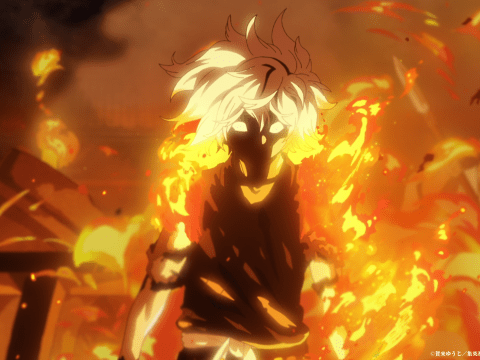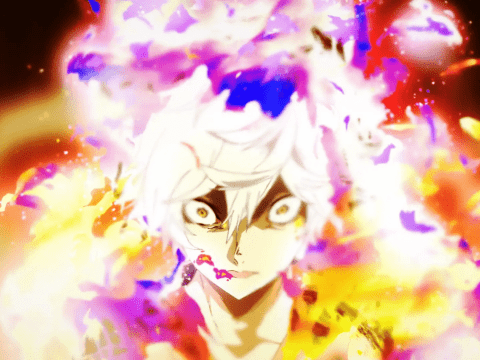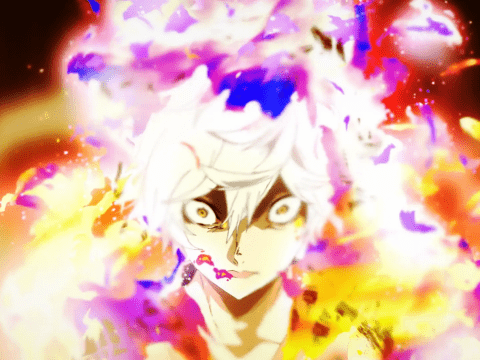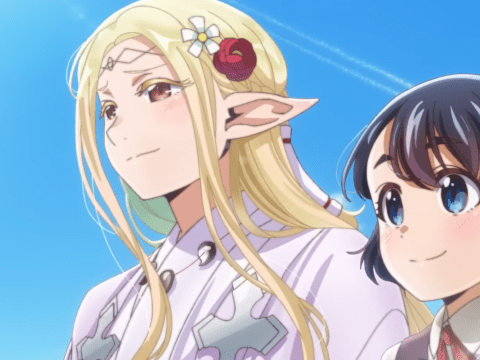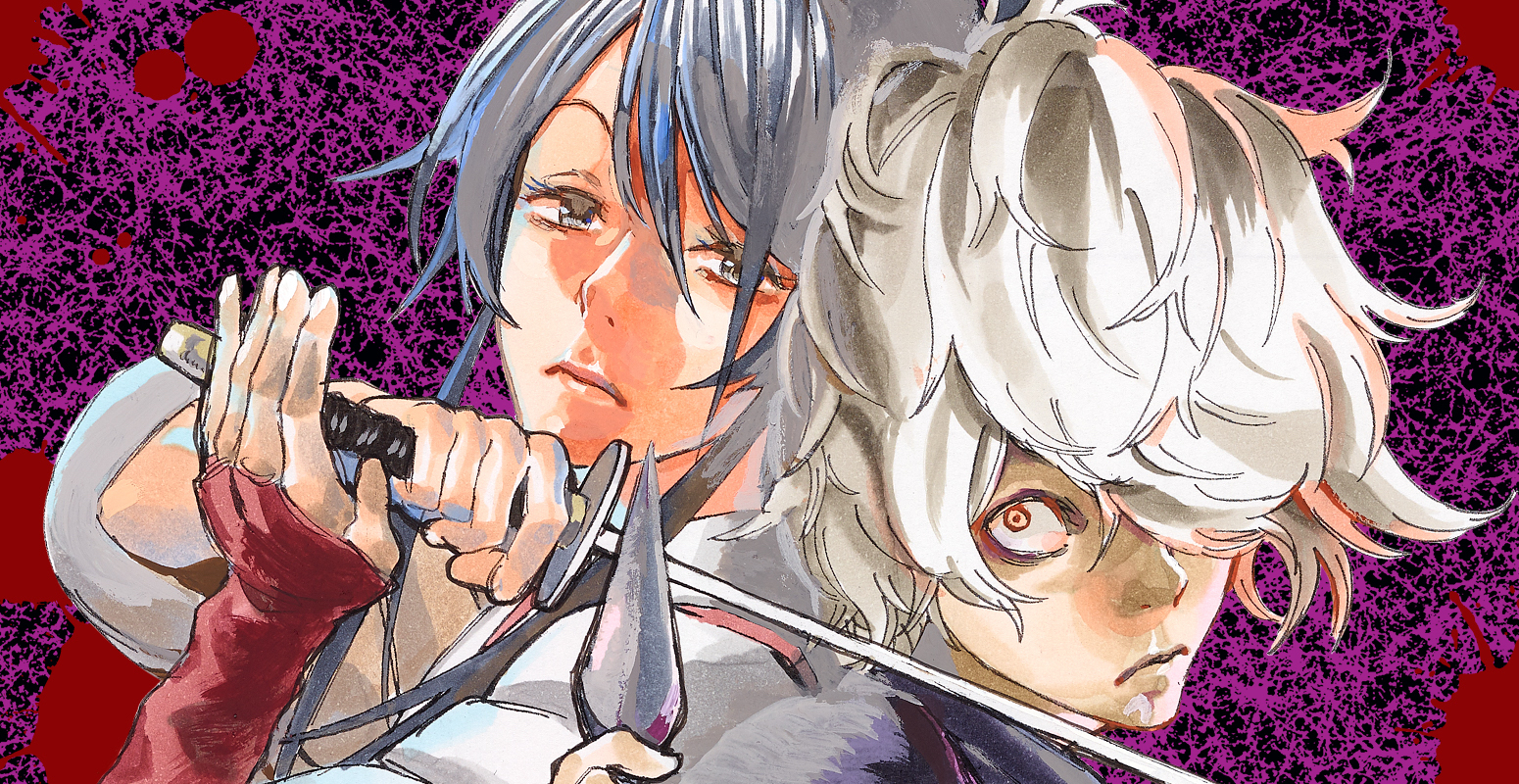
VIZ’s new manga series Hell’s Paradise: Jigokuraku stars swordswoman Asaemon Yamada. While she and her story may be fiction, her name is well-known in Japan and tied deeply with sword history.
Japan has a long history of sword-making, and their swords (called nihonto in Japanese) are unique in the world. Only the Japanese do the type of tempering that creates the hamon on the sword, which hardens the edge and you get “the badge of the sword.” It’s a cloud pattern, and it makes the sword more durable than swords that are quenched throughout the blade. A properly kept Japanese sword from hundreds of years ago can look brand-new today.
How does one test the cutting ability of such a sword? One way is the old Japanese practice of tameshigiri, which sometimes involved cutting through human bodies (and required a skilled swordsman). Rice straw, bamboo, and other ordinary things could be used to test swords, but it’s the use of bodies that has become more famous. Since swords were designed to cut through bodies, using bodies was the ultimate and most accurate way to test.
Corpses of criminals were typically used, because it would be disrespectful to use the corpse of a valued person. On rare occasions living people were used, and this only happened to condemned criminals who had done something considered especially bad. There were also different places on the body where the test cuts were done, like the ankle or through a person’s midsection. The client—whomever bought the sword—could decide where to make the cut. Bodies might be piled on top of one another, and a truly impressive sword and swordsman could slice through several corpses and into the earth with ease. Swords that did this would have an inscription recording the tester, the type of cut, the number of bodies cut through, and the date. Needless to say, in the modern age these multiple-body test-cutting swords are prized, rare, and expensive.
So how does the Yamada clan tie in? Yamada Sadatake, born in 1657 during the Tokugawa or Edo Period, trained under sword tester Yamano Kanjuro Hisahide, who was from a clan of sword testers. Along with being called Sadatake, this Yamada also had the first (technically, last in Japanese) names Kakuzo, Asagoro, and Asaemon.
Yamada’s son, Yoshitoki, not only continued the practice of tameshigiri, but took his father’s name Asaemon. And so more generations of Asaemon Yamada came to be, as each took his turn as a sword tester. Yoshitoki himself anecdotally earned the moniker Kubikiri-Asaemon, or “Asaemon, the Decapitator,” a moniker that would stick with the family. He, as author Markus Sesko put in his book Tameshigiri –The History and Development of Japanese Sword Testing, “was of the opinion that a decent sword tester must also work on his emotional threshold when using a sword on a living person.”
The Meiji Restoration brought a death knell to the practice of using corpses for test cutting. Tameshigiri still exists, but human bodies are no longer used. Meanwhile, the name Asaemon Yamada has come down through the ages and made its way into otaku culture. Along with the references in Hell’s Paradise, there is Kazuo Koike and Goseki Kojima’s manga series Samurai Executioner, published by Dark Horse. While fictionalized, the series also heavily uses Japanese history, and the main character—of course!—has the name Asaemon Yamada.
You can read our review of the Hell’s Paradise manga’s first volume here.
_____
Danica Davidson, along with Japanese mangaka Rena Saiya, is the author of Manga Art for Intermediates. In addition to showing how to draw manga character types in detail, the book describes how professional Japanese manga creators work, including common techniques and what drawing utensils they use.



